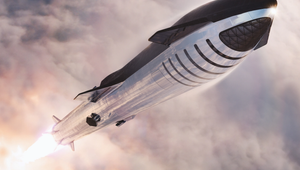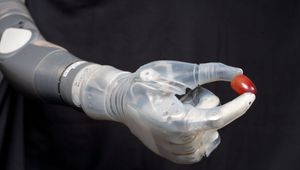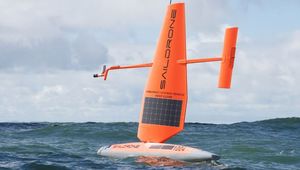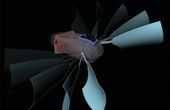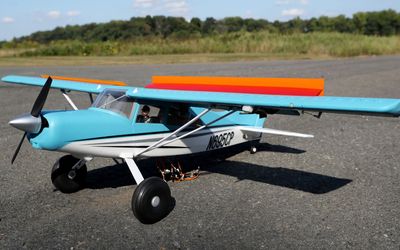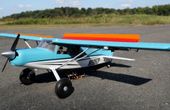JumpRoach
The JumpRoACH is a simple, two-ounce device with six crawling feet and a diamond-shaped jumping/launching mechanism. The robot is powered by eight stretchy latex bands and a small DC motor.
Technical Specifications
| Weight | 59.4 |
| Length | 10 |
| Jump height | 1.62 |
| Jump distance | 0.6 |
Overview
The robo-roach's ability is to control the power of its tiny catapult mechanism and time its launch so it makes the jump. It can control its trajectory by adjusting both its crawling speed and its jumping take-off speed. The robot has a jumping module with enhanced energy storing-capacity and a height-adjustable active trigger.
The robot is made of a height-adjustable jumping mechanism that is integrated with a lightweight six-legged Dash crawler. JumpRoach can jump from 1.10 m to 1.62 m and crawl at a speed of 0 m/s to 0.62 m/s.
JumpRoach uses Latex in the jumping module because of it's outstanding energy density compared to other materials.
The structure of the jumping module uses a diamond-shaped four-bar linkage to lengthen the latex. The diamond structure of the jumping module is located at the center of the robot, which distributes the mass distribution to reduce rotational motion when the robot jumps.
As the structure is compressed, the latex stretches and the amount of stored energy increases. The stored energy is released by decompressing the structure. The degree to which the jumping structure can be compressed depends on the range of motion of its joints. The joint can be folded and unfolded like you would see with a human knee.
Mechanism
The mechanism consists of a winding pulley gear, a planet gear and a motor gear. The planet gear rotates around the motor gear and contacts and detaches from the winding pulley gear depending on rotational direction of the motor gear. When the motor rotates clockwise, the planet gear contacts the winding pulley gear and starts to wind the wires. When the motor rotates counter-clockwise, the planet gear detaches from the winding pulley gear, and the winding pulley gear is released.
References
The design section describes the structure of the mechanism, material selection, and how the mechanism’s energy-storing capacity is maximized. The modeling section considers both static and dynamic modeling of the loading force and dynamic motion of the jumping mechanism.
The idea of maximizing the jumper’s energy-storing capacity is described.The modeling section studies both statics and dynamics of the jumper to analyze the fast motion. In the experiment section, the performance of the jumping module and the integrated JumpRoACH is examined.
